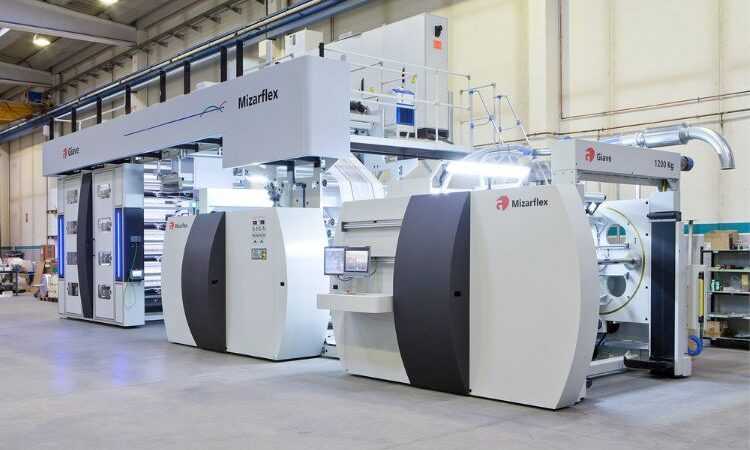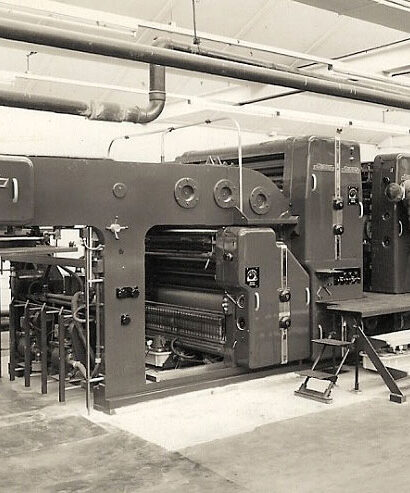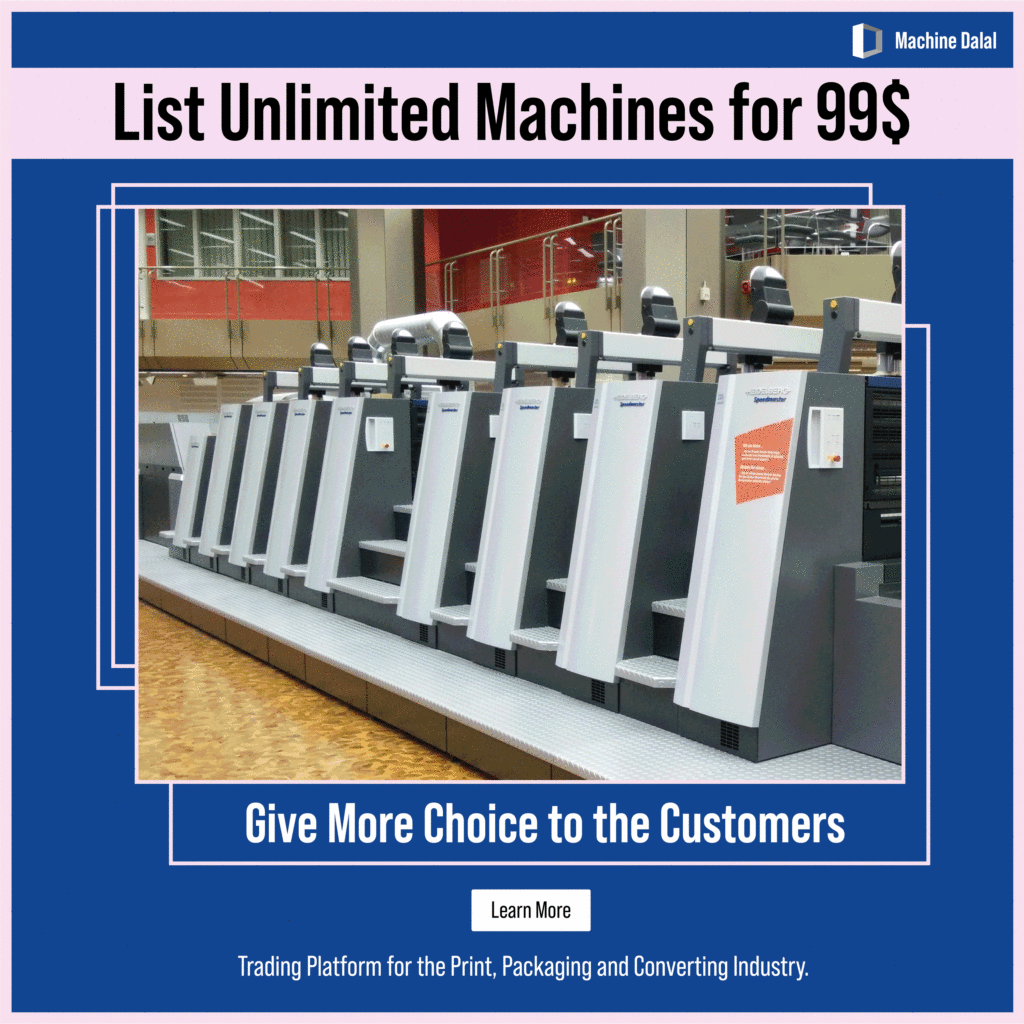Flexography (flexo) has long been recognized for its versatility and cost-effectiveness in various printing applications, particularly in packaging. Its ability to handle a wide range of substrates and produce vibrant, high-quality prints has made it a popular choice for label, packaging, and specialty printing.
However, the rise of digital printing in recent years has posed new challenges for flexo printers. As brands demand shorter print runs, faster turnaround times, and increased customization, flexo printers have had to adapt to meet these evolving needs. In response, technological advancements in automation have emerged as a key driver of innovation in the flexo printing industry.
One of the primary challenges facing flexo printers in today’s market is the need for quick job changes and flexible scheduling. With the proliferation of product variations and brand designs, printers must be able to switch between jobs rapidly while minimizing downtime and waste. Historically, flexo presses have been known for their speed, but the time-consuming nature of makeready tasks, such as plate changes and ink adjustments, has limited their efficiency.
Automation has emerged as a solution to these challenges, enabling printers to streamline their workflows and improve overall productivity. By incorporating automated systems into flexo presses, printers can reduce makeready times, optimize print quality, and enhance operational efficiency.
Communication Initiates the Process
The implementation of Industry 4.0 is evident within flexo printing facilities, where data is now integrated into press operations. Through connectivity with cloud-based software and equipment, intelligent functionalities are developed and utilized to enhance efficiency and reduce operator errors. This integration makes presses smarter, resulting in improved print quality and more efficient press operation.
A wealth of data can now be exchanged between software and hardware systems, facilitating the seamless transfer of job information from prepress systems to mounters and eventually to the press. Each job carries unique data, encompassing key parameters such as those influencing changeovers, press status, and energy consumption.
The effortless transfer of specific job information, including design specifications, substrate details, anilox and ink data, as well as parameters related to unwinding, rewinding, drying, and tension, among others, enables additional intelligent functionalities. With access to precise parameter settings for each job, the press executes processes more efficiently, resulting in enhanced productivity.
The Role of Plate Mounters
While not directly part of the press, plate mounters play a crucial role in ensuring print quality and expediting changeovers. Automatic plate mounting significantly speeds up plate preparation for the press, ensuring exceptional registration and reducing setup time with remarkable precision.
What sets automated mounters apart is their ability to integrate with automated register and impression setting systems. During the mounting process, registration data and topography/impression settings are stored in RFID chips on the plate sleeve or in the Cloud. When inserted into the flexo press, this data is automatically retrieved, enabling quick and accurate register and impression settings. This streamlined process minimizes makeready time, accelerates job completion, and virtually eliminates setup waste, particularly crucial for short runs. Additionally, the risk of press downtime due to improper mounting of printing plates is greatly reduced.
Automated Adjustment for Optimal Performance
Ensuring stable operation of a flexo press is crucial for maintaining job consistency, especially when utilizing high-definition plates at high speeds. This also guarantees the press can maintain stable highlight dots with precise registration.
During the setup of specific presses, automated tuning of the drives can be performed using specially designed algorithms. These algorithms minimize bouncing and ensure accurate registration for each unique design, all within seconds. Factors such as the dynamic effects of each bridge, sleeve, tape, and plate are taken into account during this process.
Streamlining Changeovers with Automation
With a shrinking pool of skilled press operators, flexo printing faces the challenge of executing efficient and swift changeovers even with less experienced staff. Changeovers involve a series of sequential steps that must be executed correctly. However, automated, self-directed systems enable even low-skilled operators to efficiently manage press operations and changeovers.
Some presses feature a user-friendly flexo press interface positioned at the front, guiding operators through each step of the changeover process in the correct sequence. This intelligent system suggests optimal steps for the changeover, reducing the number of tasks, defining their ideal order, and automating processes wherever possible. This not only saves time for the printer but also minimizes the risk of operator error.
The system automatically analyzes discrepancies between the previous job and the upcoming one. For instance, it may autonomously open a unit to facilitate sleeve changes and provide real-time updates on completed tasks. This automation is designed to accommodate any operator, whether it’s the primary press operator or an assistant, allowing experienced operators to override suggestions if necessary.
Save Ink and Time
Premium pigmented inks, including costly spot colors, special effects, and metallics, can significantly impact expenses. To mitigate these costs, certain flexo presses are equipped with ink cartridge systems designed to minimize ink expenditures. Additionally, an automatic wash-up system effectively removes residual ink from the entire inking system, comprising doctor blade chambers, anilox sleeves, connecting hoses, pumping hoses, and filter cages. This process, which can be completed in as little as three minutes, enables printers to uphold profit margins and remain competitive in the market.
The future of flexo printing may hinge on fixed-gamut flexo color printing, typically utilizing CMYK or 7-color printing without the reliance on proprietary inks. By employing consistent inks across various jobs, the need for wash-ups is eliminated, resulting in significant time and ink savings and promoting sustainability. This approach also facilitates gang printing of different jobs simultaneously, a strategy commonly associated with digital printing. As flexo technology progresses toward standardized ink usage, whether in CYMK or expanded gamut configurations, it enhances operational efficiency and simplifies changeovers.
Looking ahead, the future of flexo printing lies in embracing new technologies and innovative solutions that enhance efficiency and quality. As brands continue to demand faster turnaround times and greater customization, printers must leverage automation to stay competitive in the market. By investing in automated systems and embracing Industry 4.0 principles, flexo printers can unlock new opportunities for growth and innovation in the years to come.
We at Machine Dalal have a wide selection of print, packaging and converting machines listed with us. Industry sellers from all over the world list their print equipment with us to reach interested buyers who regularly visit our platform to find equipment that matches their needs.
Contact us to know more or simply download our app onto your Android or iOS smartphone.




